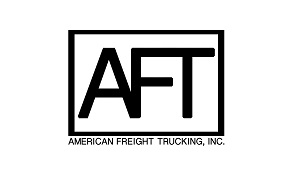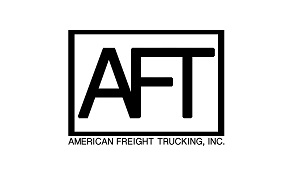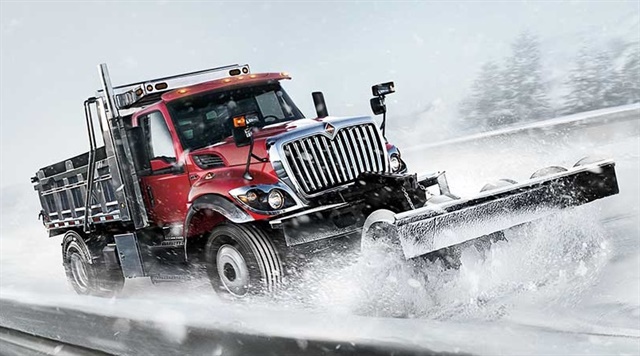
Although they aren't the first dealership to do it, Steve Dupuis, COO of Summit Truck Group, believes dealers partnering with suppliers is likely to gain traction going forward.
Denise Rondini
" width="185" height="217">Late last year, Summit announced a strategic partnership with Fontaine Fifth Wheel. Under the terms of the partnership, Fontaine will be the exclusive supplier of fifth wheels for all stock trucks ordered by Summit, and will also be the standard fifth wheel on retail sales, “unless the customer specified another brand,” Dupuis says.
The dealership's management decided to “take a look at how we go to market and how we could leverage scale with Tier 1 vendors that share the same customer service philosophy and approach to business we do.”
He says the dealership decided to “strike a relationship that was a little more formal than the typical dealer Tier 1 vendor relationship.” Typically, Tier 1 suppliers have relationships with the truck OEMs, but not with the dealers themselves.
Dupuis says the dealership looked at how it could work with Fontaine to leverage economies of scale “to get better pricing, better warranty and some type of service agreement.”
Summit customers benefit from discounted prices with better service. “We have parts stocked at all our locations and have a preferred service agreement with Fontaine whereas if a fleet has a unit down, Fontaine will overnight parts, components and even a whole fifth wheel to us or the customer to get them up and running again.” Summit operates 27 full-service locations and five parts and service locations in eight states.
Basically the customers get “a better product, at a better price with better service,” Dupuis says. “Once we tell them the story, I think the vast majority of customers are going to see the benefit of these kinds of relationships.”
The benefit to Fontaine is more sales and








